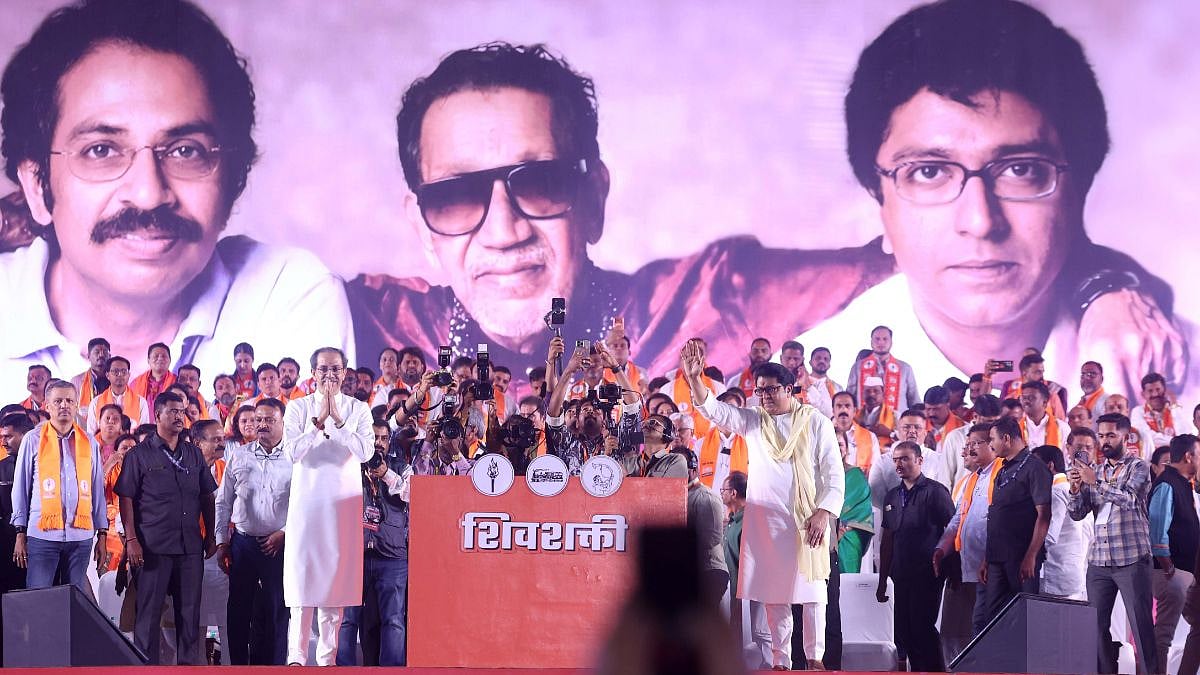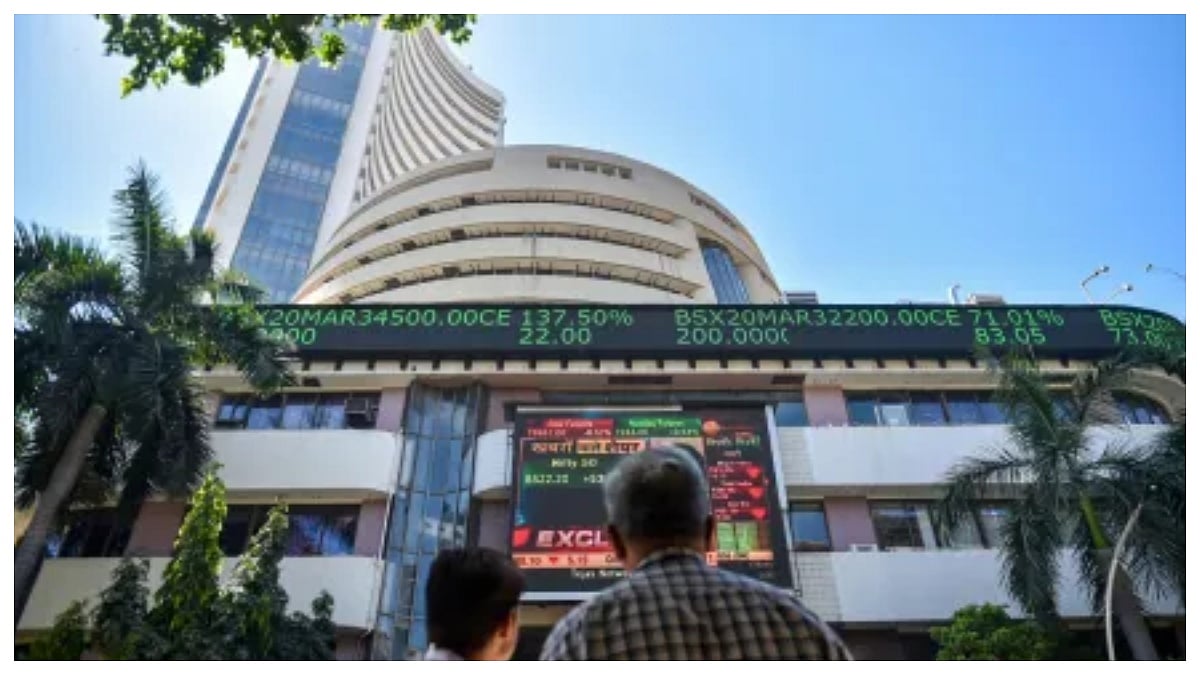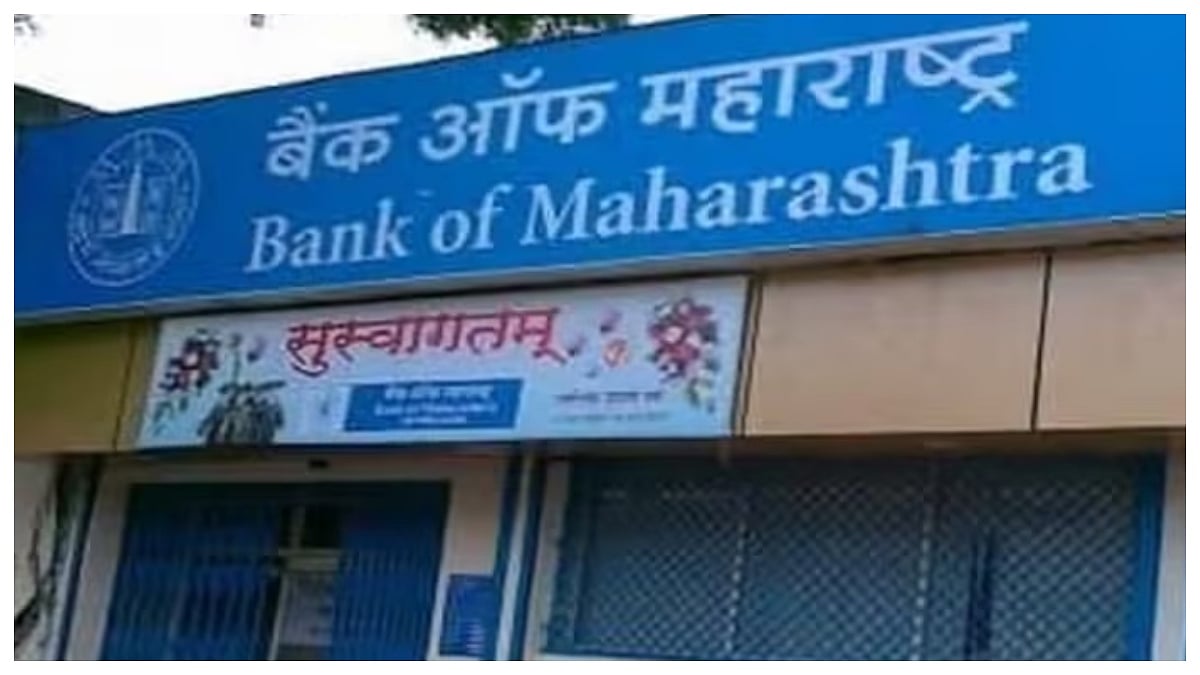The off-cycle meet of MPC announcing hike in benchmark Repo rate by 40 bps and another 50 bps hike in CRR kept the broader markets on the tenterhooks, as the realization of siding with changing realms of inflation control gained currency, already palpable for sometime as economies from developed as well as emerging worlds have struggled to rein in the galloping price rises that hurt the masses, and probably classes alike.
With today’s (May 4) increase, the standing deposit facility (SDF) rate now stands adjusted to 4.15 percent and the marginal standing facility (MSF) rate and the Bank Rate to 4.65 percent, maintaining the LAF corridor.
The MPC also decided to remain accommodative while focusing on withdrawal of accommodation to ensure that inflation remains within the target going forward, while supporting growth, reflecting the pragmatic approach even while traversing the chequered path assiduously. That asserts the flexibility in RBI’s approach to choose the most suitable tool in addressing the most persisting issue, through a combination of tools, conventional to unconventional, or both.
Central banks chalk different pathways
The sinking realization that inflationary concerns were non-transitory has made almost all the central banks to take hurried measures in chalking a different pathway, one more tilted towards pausing the accommodative stance while sucking the gushing liquidity unleashed during pandemic.
US Fed has taken one of the most aggressive stance as it has taken departure from bond purchases while announcing steep hikes to rein in spiraling prices, the most seen in last four decades.
EU countries are steadfastly gearing in to step up the throttle while emerging economies like Brazil and Russia (war and sanctions already blowing air out of its system) embracing key rates in double digits indicating it’s an all wager war for most of the nations, with elevated energy and commodity prices expected to remain in upper echelons for more time than earlier anticipated.
RBI likely to continue increasing repo rates
With the current hike of 40 bps in repo rate to 4.40 percent it seems the rate cycle has made a U-turn (from the steep cuts seen in early 2020) and RBI would continue to increase the rates going forward and may reach the pre-pandemic level of 5.15 percent by end March 2023.
Further, the CRR hike by 50 bps will exert further upward pressure on interest rates while sucking system liquidity by additional Rs 87,000 crore. We believe this simultaneous policy announcement of adjusting both the rate and quantum of liquidity is a clever ploy and reinforces the credibility and reputation of central bank. The CRR hike could also open up space for OMO purchases by RBI.
The push to align retail and MSME loans with external benchmarks of late ensured a growing proportion of borrowers to side with EBLR linked loan whose share in advances have gone up to 39 percent. Banks, already having wafer-thin margin in retail loans have little incentive in not passing, to a great extent, the present and future hikes to customers whose EMIs should undergo upward revision.
Marginal increase in MCLR
With the rise in CRR and expected further hike in benchmark rates, there would be a marginal increase in MCLR due to negative carry. Further, if banks raise the deposits rates then the cost of funds (CoF) will increase and subsequently MCLR will increase too.
We believe the decision for rate hike will be ultimately good for the banking sector as the risk is getting re-priced properly. The situation is different than during the global financial crisis wherein the lending started increasing aggressively (FY05 onwards) much before the rate hike cycle began (Mar’2010 till Oct’2011). Currently, the rate hike cycle has begun and now the bank lending will increase factoring in the risk.
System liquidity is still in surplus mode with net durable liquidity at Rs 7.2 lakh crore as on 02 May 2022. RBI is likely to absorb Rs 87,000 crore of liquidity from the market on durable basis through CRR hike announced today. High government borrowing has ruled out the possibility of OMO sale, thus CRR increase seemed as the possible non-disruptive option of absorbing the durable liquidity. We believe this opens up space for RBI to conduct liquidity management in future through OMO purchase to address duration supply while absorbing some part of the durable liquidity.
Measures needed to ease supply-side cost pressures
A historical decomposition of CPI inflation to ascertain the various macro-factors that drove inflation dynamics, indicate that the inflationary pressures can be attributed mainly to adverse cost-push factors, coming from supply-side shocks in food and fuel prices, even as weak aggregate demand conditions continued to exert downward pressure on inflation.
Measures to ameliorate supply-side cost pressures would be thus critical at this juncture, especially in terms of a calibrated reduction of taxes on petrol and diesel. This would help anchor inflation expectations, prevent build-up of a wage-price nexus and provide space for monetary policy to sustain support for the still incomplete growth recovery. On the policy side, it would mean that even after rate hikes, inflation may continue to remain high for some time.
In advanced economies such as the US, labour market continued to tighten, with wages rising 4.5 percent in 2021 even though the labour force participation rate remained below pre-pandemic levels. Building wage pressures mirrored in the multi-decadal high annual wage growth are fueling broad-based price pressures across all advanced economies. In contrast, in India nominal rural wages for both agricultural and non-agricultural labourers picked up during H2 FY22, with easing of restrictions lockdowns imposed by states and restoration in economic activity. However, the wage growth remained soft. The weighted contribution of wage growth in CPI build-up remains modest. Thus even after rate hikes, inflation will take time to moderate.
(Dr Soumya Kanti Ghosh is Group Chief Economic Adviser, State Bank of India)









